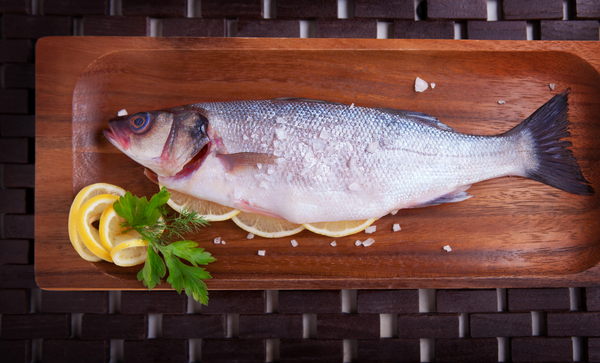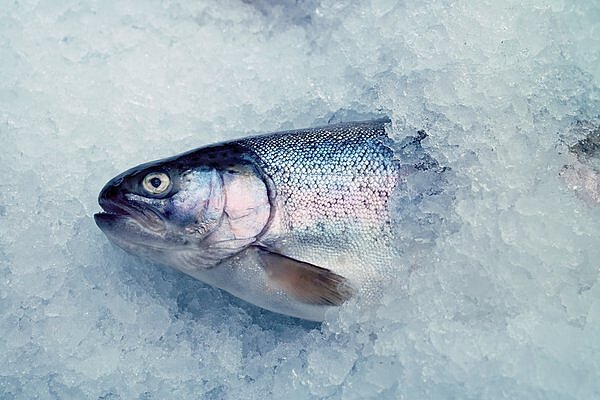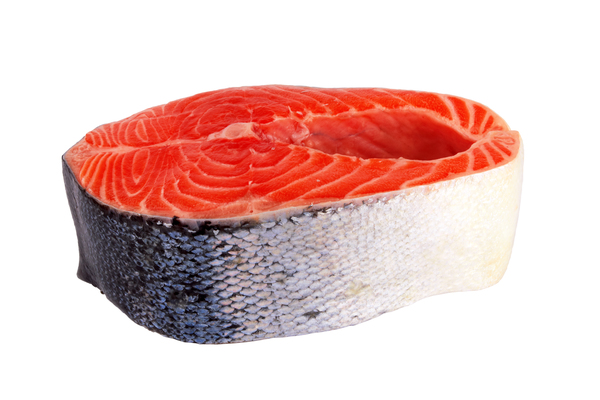Bream

What is a bream?
Bream, also known as bream, is a species of freshwater fish from the carp family. It is found throughout Europe from north of the Alps to the Urals and prefers slow-flowing sections of rivers and deeper areas of lakes. The muddier and more nutrient-rich the bottom, the more comfortable it feels.
The bream can be recognized by its strongly flattened and high-backed body. The back is dark green to brownish in color, becoming lighter towards the sides and merging into a silvery belly. The scales are large and shiny. The fins are gray to reddish. The bream has a small, undersized mouth with which it searches for food at the bottom of the water.
The bream can grow up to 90 centimetres long and weigh 10 kilograms, but most specimens are significantly smaller. The bream is a schooling fish that feeds mainly on worms, snails, mussels, insect larvae and plant parts. The bream is the flagship fish of the so-called bream region, which is located in the light- and oxygen-poor depths of the waters.
Benefits of bream for dogs
Fish is generally a healthy and nutritious food for dogs as it is rich in protein, omega-3 fatty acids, vitamins and minerals. Fish can also help with skin and coat problems, allergies, inflammation and joint problems. Bream is an inexpensive and regional alternative to other fish species that are often imported or farmed. Bream is also relatively low in fat and has a mild flavor that many dogs will enjoy.
Disadvantages of bream for dogs
However, bream also has some disadvantages that you should consider before feeding it to your dog. Firstly, bream has many small bones that are difficult to remove and can harm your dog if swallowed. The bones can cause injuries to the mouth, throat, esophagus or gastrointestinal tract. They can also cause a life-threatening intestinal obstruction or perforation.
On the other hand, bream can contain harmful substances such as heavy metals, pesticides or parasites that accumulate in the body. These can affect the dog's health, especially if it eats bream regularly. Harmful substances can lead to poisoning, liver damage, kidney problems or cancer. Parasites can cause infections, diarrhea, vomiting or anemia.
Tips for buying and preparing bream for dogs
If you want to feed bream to your dog, you should follow some tips to minimize the risks and maximize the benefits. Here are some of them:
- Only buy fresh or frozen bream from clean waters. Avoid bream from polluted or overfished areas. Pay attention to the country of origin and the best-before date. The bream should smell fresh and have no discoloration or damage.
- Carefully remove all bones from the bream before giving it to your dog. You can use tweezers or bone tweezers to do this. Cut the bream into small pieces so that you can see the bones more easily. Check again with your fingers to make sure you have caught all the bones.
- Boil or bake the bream for your dog. This kills any parasites and makes the bream easier to digest. You can boil or cook the bream in water without seasoning. This way it remains juicy and tender and no fat is needed for frying. Bream dries out quickly in the oven, so you should prepare it gently in water.
- Only give your dog small amounts of bream. Bream should not be your dog's main food source, but only an occasional treat. Too much bream can lead to an overdose of harmful substances or to intolerances. The recommended amount depends on the size, age and health of your dog. If in doubt, ask your vet.
- Combine sea bream with other healthy ingredients for your dog. You can mix sea bream with rice, potatoes, vegetables or fruit to create a balanced meal for your dog. Make sure that you only use foods that your dog can tolerate. Avoid foods that are taboo for your dog, such as onions, garlic, chocolate, raisins or grapes.
If you notice any signs of hypersensitivity or poisoning in your dog, you should see your vet immediately. We are not a substitute for a vet, but we try to be as accurate as possible. Every dog reacts differently and we recommend you get a second opinion or consult your vet if in doubt.
Stay healthy and take good care of your four-legged friend!😊
Similar to Bream
Sea bass is the name for several species of fish from the bass family, which are mainly found in the Atlantic, Mediterranean and North Sea. The best-known species are the European sea bass and the...
Trout has many benefits for your dog's health and well-being. Trout is rich in high-quality protein, which is important for muscle building and cell renewal. Trout is also rich in omega-3 fatty...
Mackerel has many benefits for dogs that can promote both physical and mental health. Here are some of them: Mackerel is a high-quality source of protein, which is important for muscle building,...
Salmon are fish that live in cold waters and feed mainly on plankton, crustaceans and smaller fish. There are different types of salmon, for example Atlantic salmon, Pacific salmon or salmon trout....



